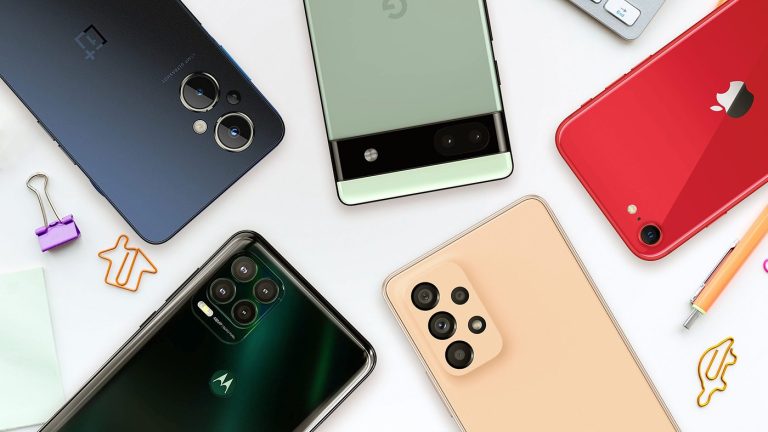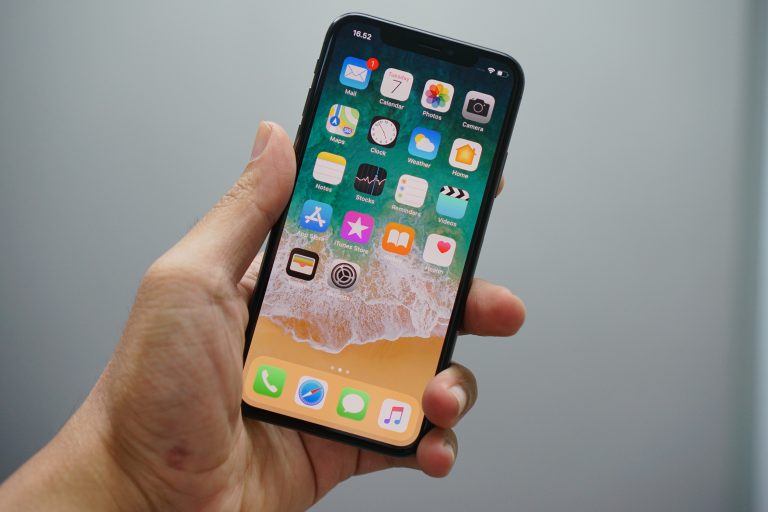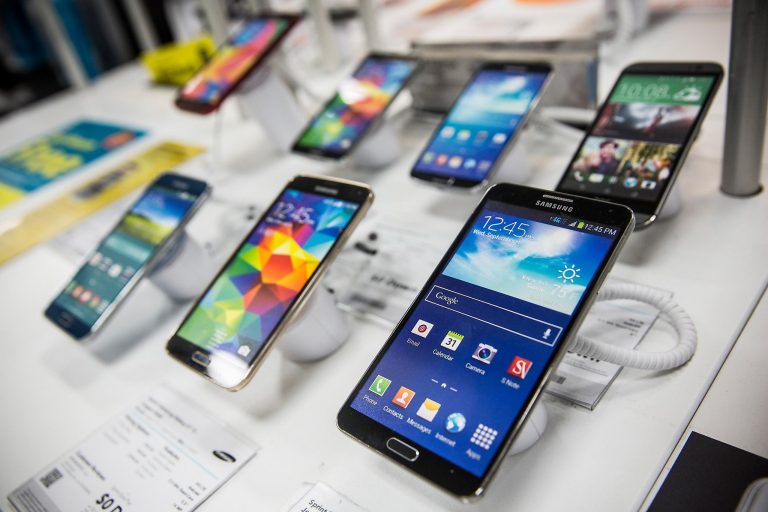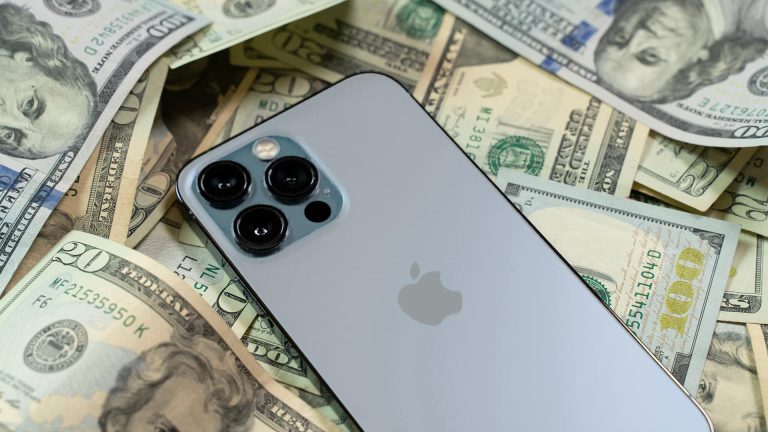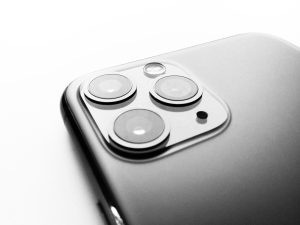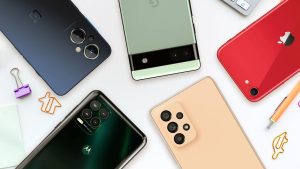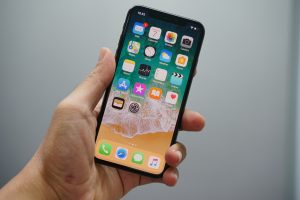Mobile Phones
Mobile phones have become an essential part of our daily lives, allowing us to stay connected, productive, and entertained on the go. These portable devices, also known as smartphones, combine the functionality of a traditional telephone with the features of a mini-computer. With their compact size, mobile phones can fit easily in our pockets or bags, providing us with instant access to communication, information, and entertainment. From making calls and sending texts to browsing the internet, taking photos, listening to music, and running various applications, mobile phones have truly revolutionized the way we interact with the world around us. As technology continues to advance, mobile phones are becoming more powerful and feature-packed, offering improved performance, longer battery life, enhanced camera capabilities, and larger screens to satisfy the needs of modern users. With so many options available in the market, choosing the right mobile phone that suits your preferences and requirements can be a daunting task.
Types of Mobile Phones
Mobile phones have come a long way since their inception, with various types catering to different user preferences and needs. One of the most common types is the bar phone, featuring a rectangular shape with a physical keypad below the screen. Touchscreen phones, on the other hand, have gained immense popularity due to their intuitive interface and ability to navigate through various applications with touch gestures. Flip phones, with their folding design, offer a nostalgic touch and provide a compact form factor when closed. Lastly, slider phones have a sliding mechanism that reveals a physical keypad or extra features.
In terms of best-selling mobile phones, Nokia has been a dominant player for years, known for their sturdy build quality and reliable performance. Apple’s iPhones have also consistently topped the best-selling list, thanks to their cutting-edge technology and seamless integration with the iOS ecosystem. Samsung, with its diverse range of smartphones including the Samsung Galaxy series, also accounts for a significant share of the market.
The best-selling models in each category vary, but Apple’s iPhones have consistently dominated the sales charts. Yearly sales data often highlight the iPhone as the best-selling smartphone globally. With its constant innovation and large consumer base, Apple continues to hold a strong presence in the mobile phone industry.
Battery Life and Power Users
When it comes to mobile phones, battery life is a crucial factor that can make or break the user experience. Additionally, power users, who demand a lot from their devices, have unique needs and preferences. In this article, we will explore how battery life impacts the performance of mobile phones and delve into the world of power users and their requirements.
Battery Life
Battery life is one of the most important considerations for mobile phone users. Whether you use your phone for work, entertainment, or staying connected with loved ones, you want a device that can last throughout the day without needing frequent charging. Many factors affect battery life, including screen size, processor efficiency, software optimization, and app usage. Manufacturers are constantly striving to improve battery technology and offer devices with longer battery life. From larger batteries to advanced power-saving features, there are various ways companies are tackling this challenge.
Power Users
Power users are a special category of mobile phone users who rely heavily on their devices for multitasking and demanding tasks. They need fast processors, ample storage, and enough RAM to handle intensive apps, gaming, and multimedia consumption without any lag. Power users also prioritize features like high-resolution displays, top-notch cameras, and seamless connectivity options. To cater to this segment, manufacturers often release flagship devices with cutting-edge specifications and advanced capabilities. These devices are designed to provide a smooth user experience, even for the most resource-intensive tasks.
Battery life and catering to power users are two significant aspects of the mobile phone industry. Addressing these needs ensures that users can have devices that not only last longer on a single charge but also meet their intensive mobile computing requirements. By keeping these factors in mind, manufacturers can cater to a wide range of consumer preferences and ensure their devices remain competitive in the market.
Android Phones vs. iPhones
Android Phones vs. iPhones: Choosing the right mobile phone can be a tough decision, especially when comparing Android phones and iPhones. Both operating systems have their unique features and advantages. Android provides users with a more open and customizable experience, while iPhones offer a seamless integration of hardware and software. In this article, we will explore the key differences between Android phones and iPhones in terms of performance, user experience, and updates. Whether you are a power user or simply looking for a phone that meets your personal preferences, understanding these differences can help you make an informed decision. So let’s dive in and explore the world of Android phones and iPhones.
Conclusion
In conclusion, the decision between an Android phone and an iPhone depends on personal preference and desired features. Android provides more flexibility and customization, while iPhones offer a closed and secure ecosystem. It’s important to consider these factors, along with other aspects like battery life, camera quality, and overall performance, to determine which platform best suits individual needs and preferences.



